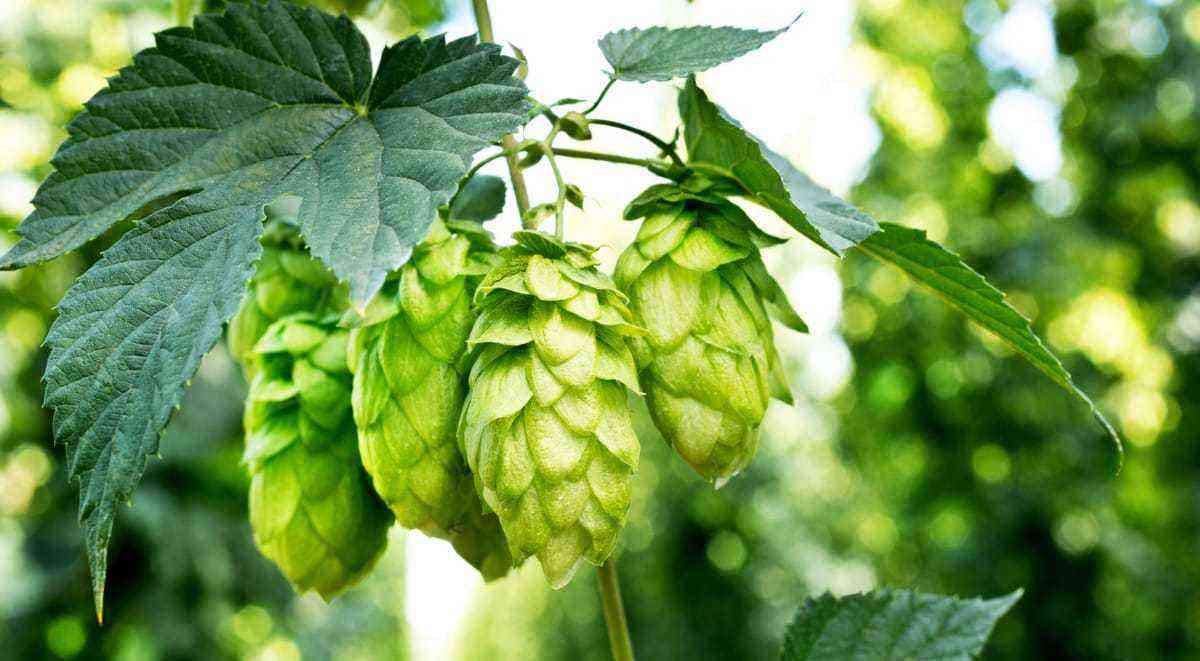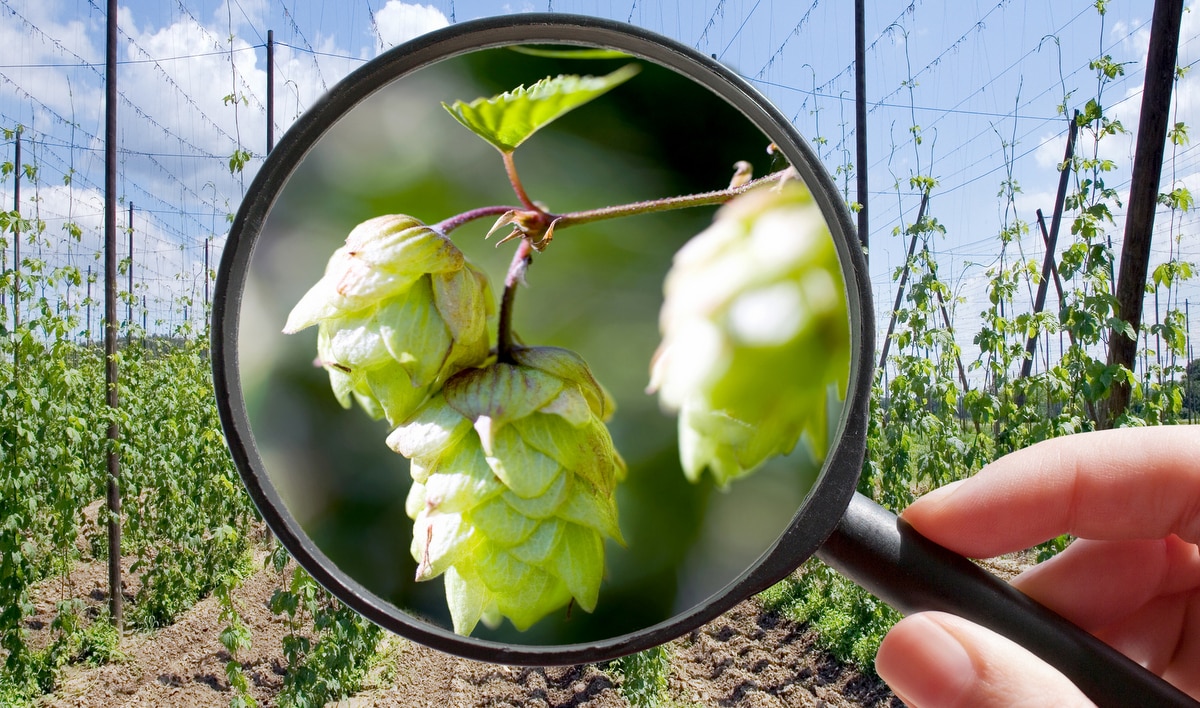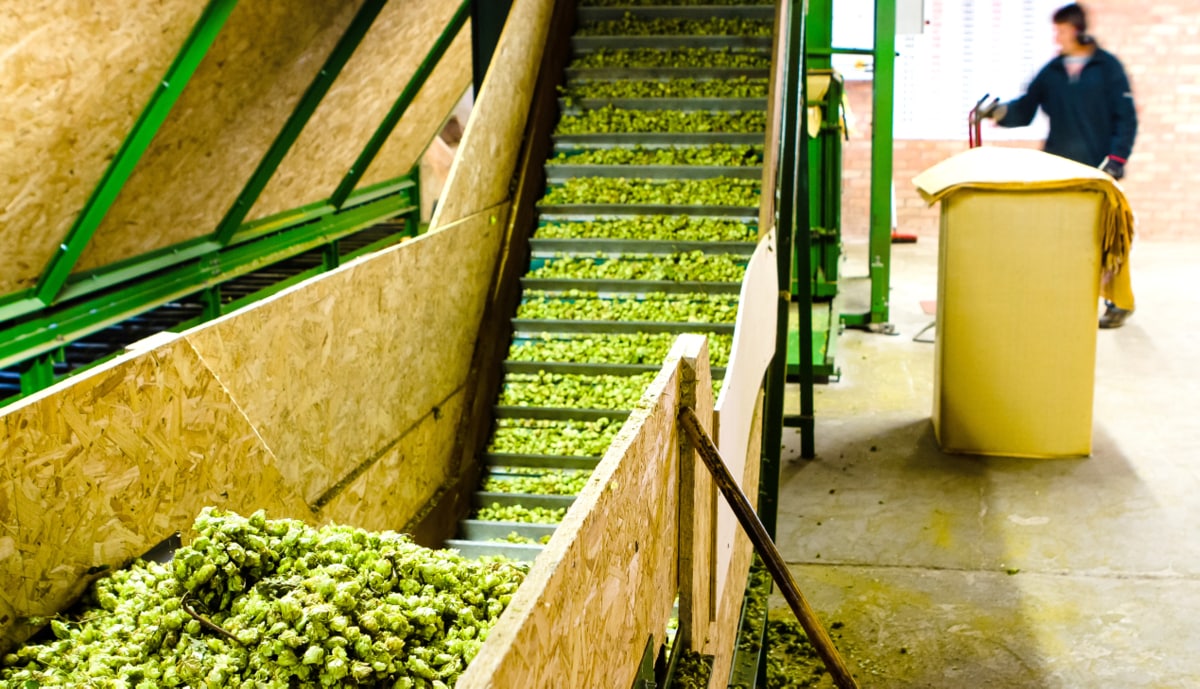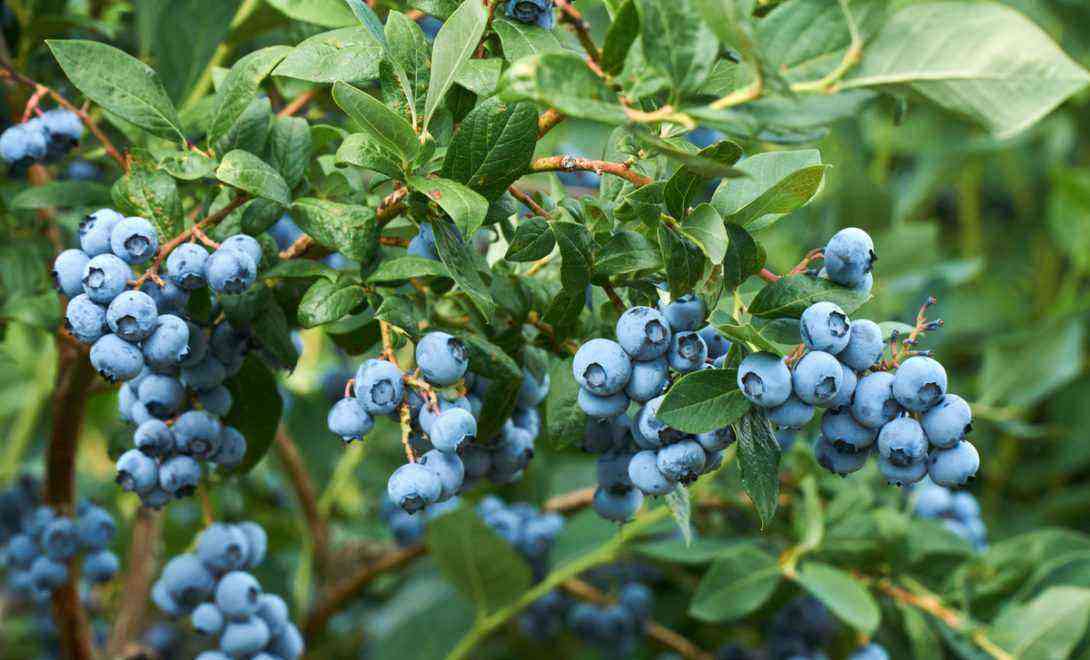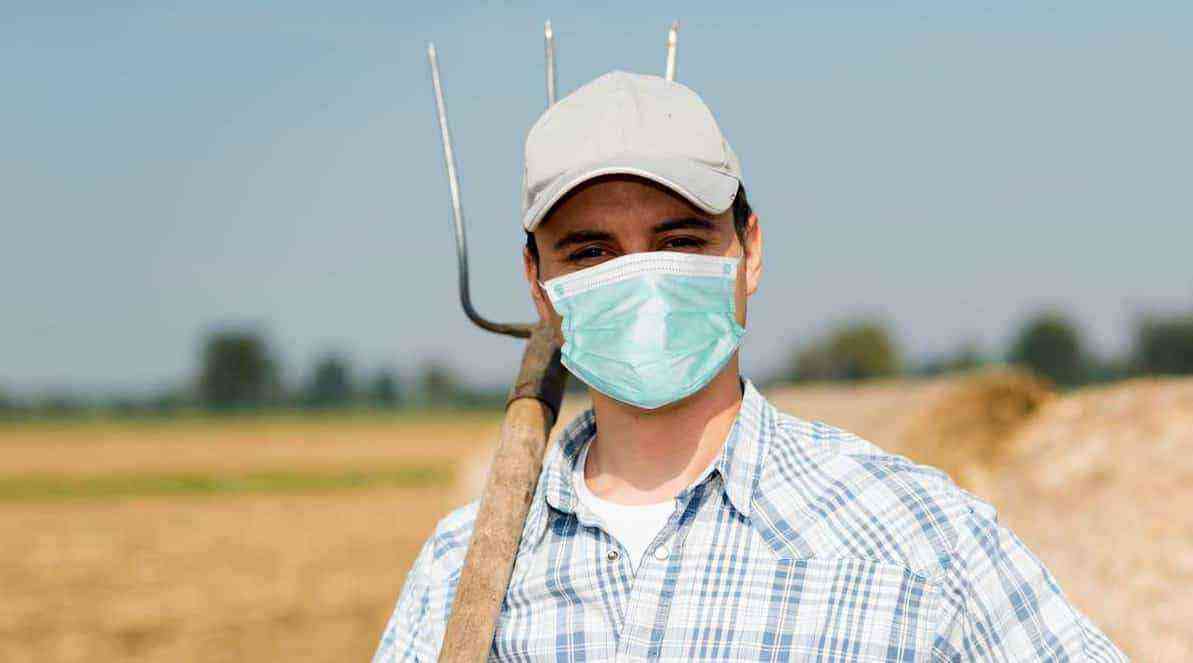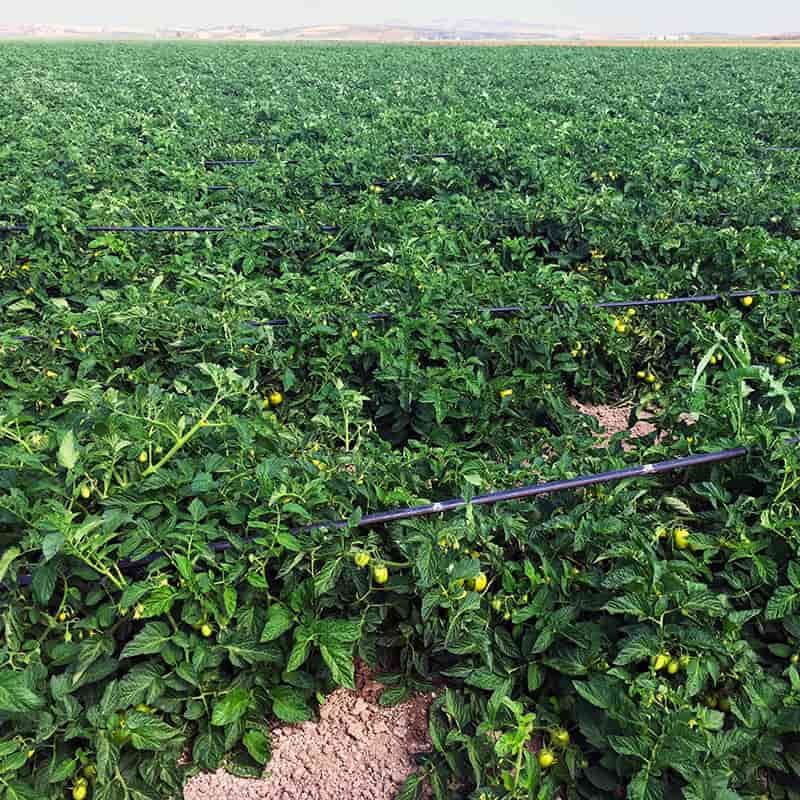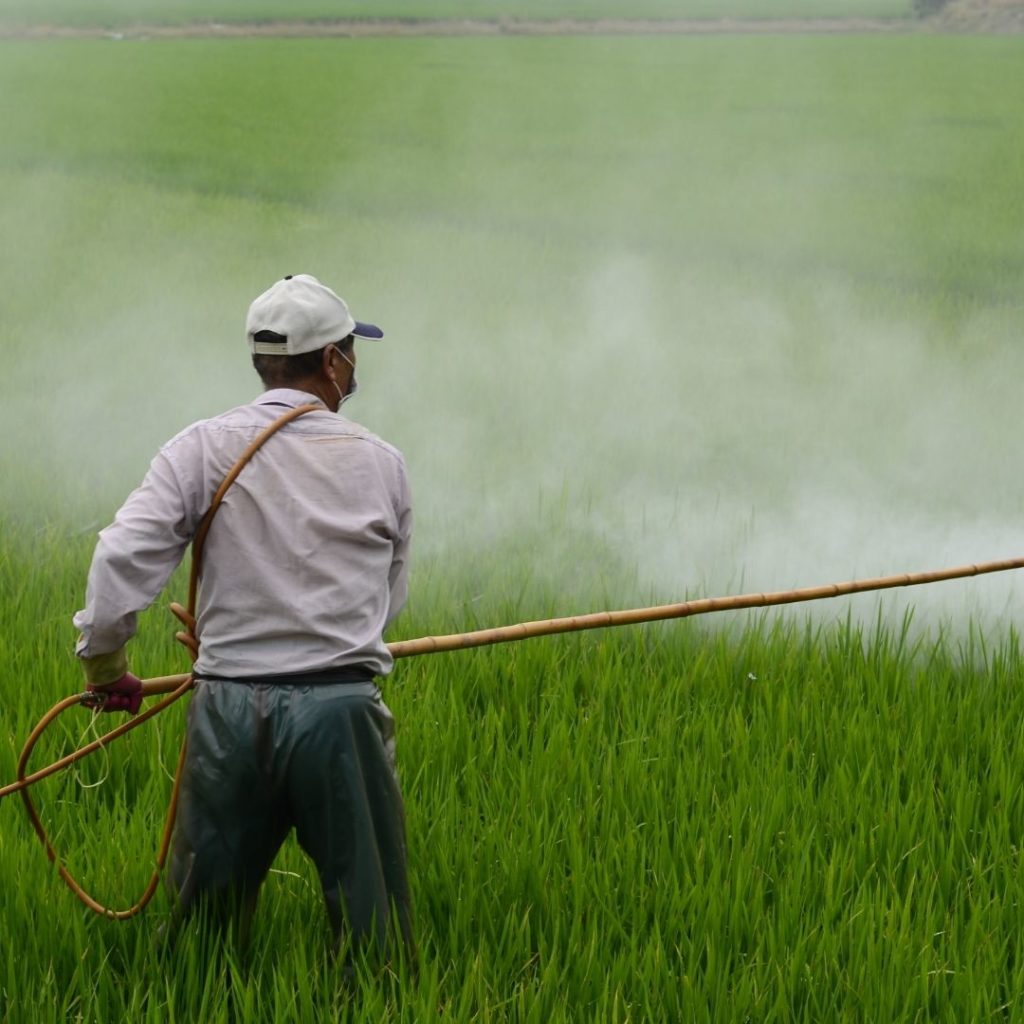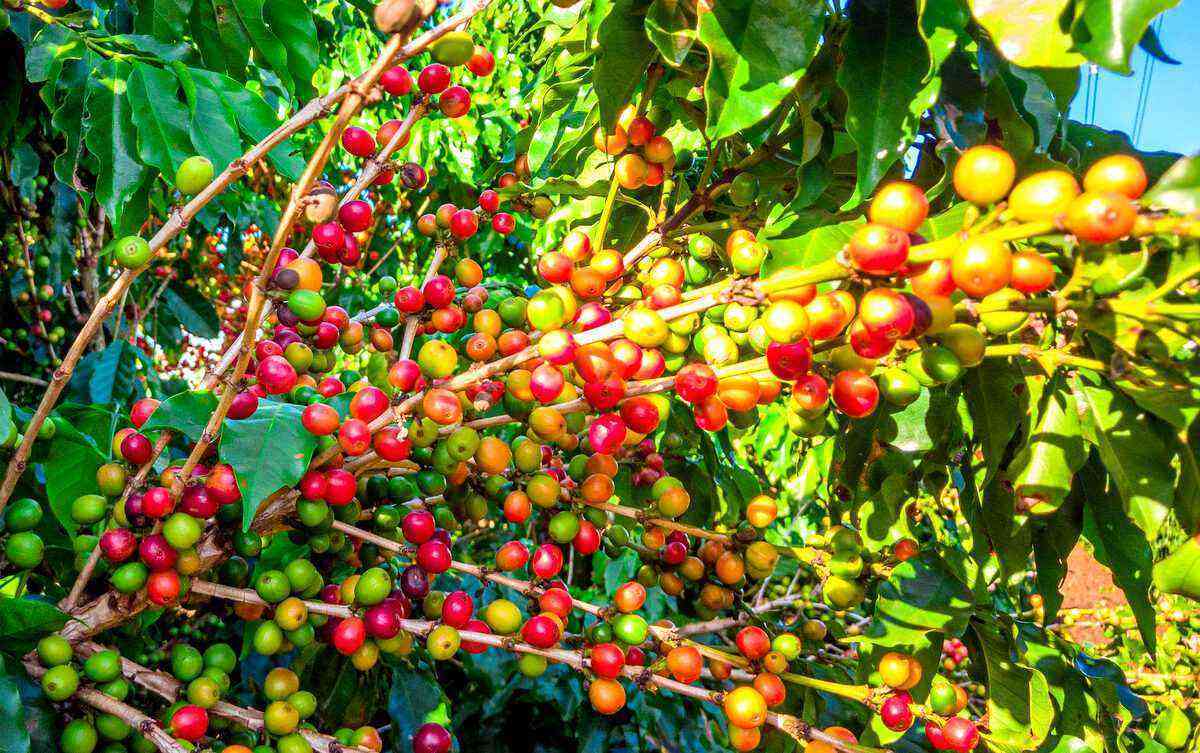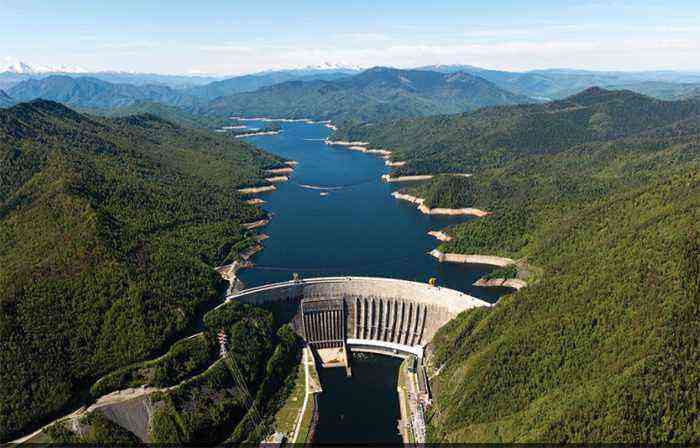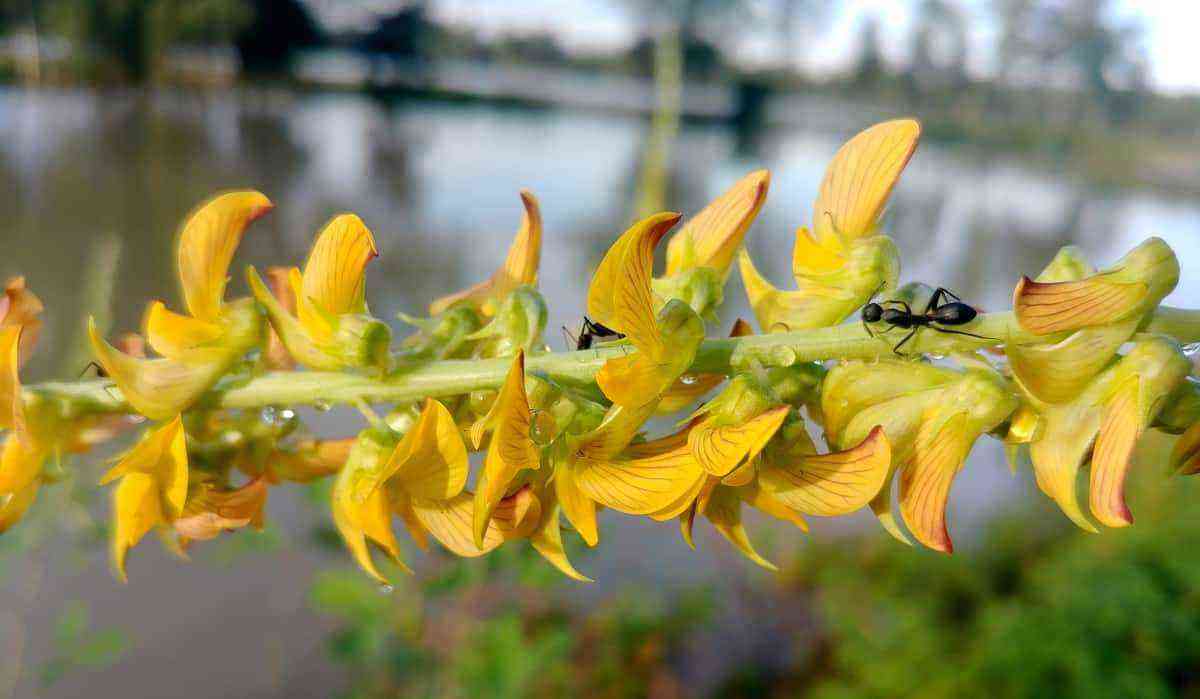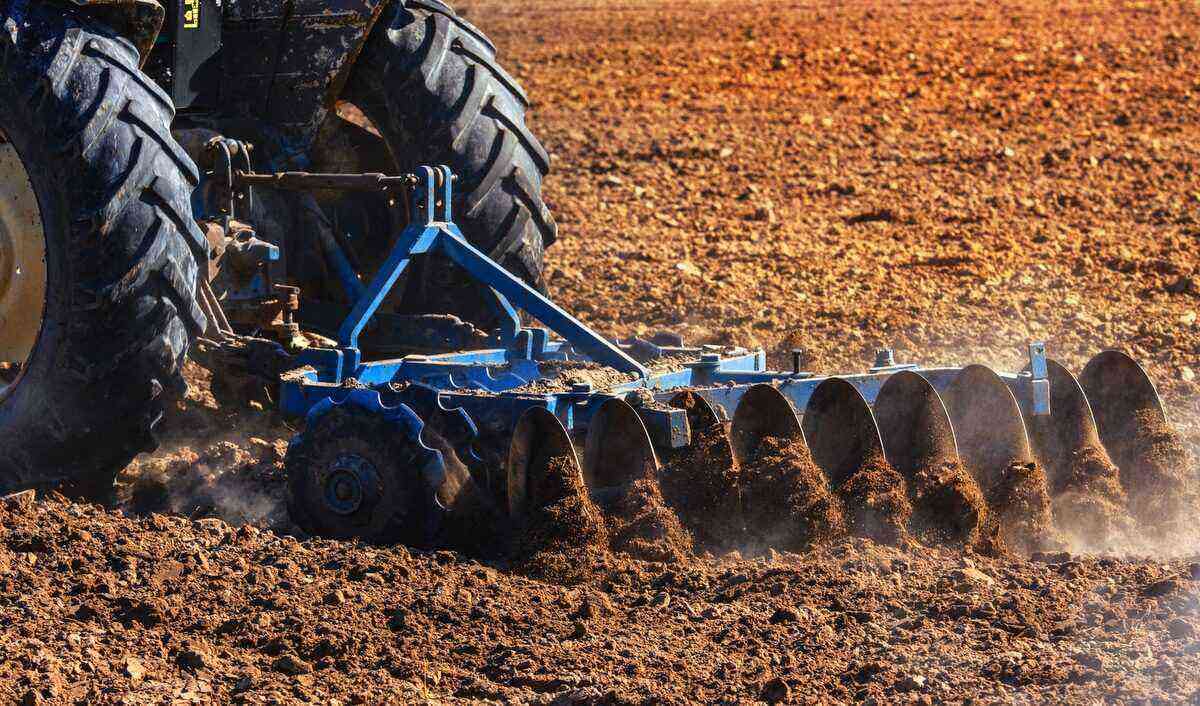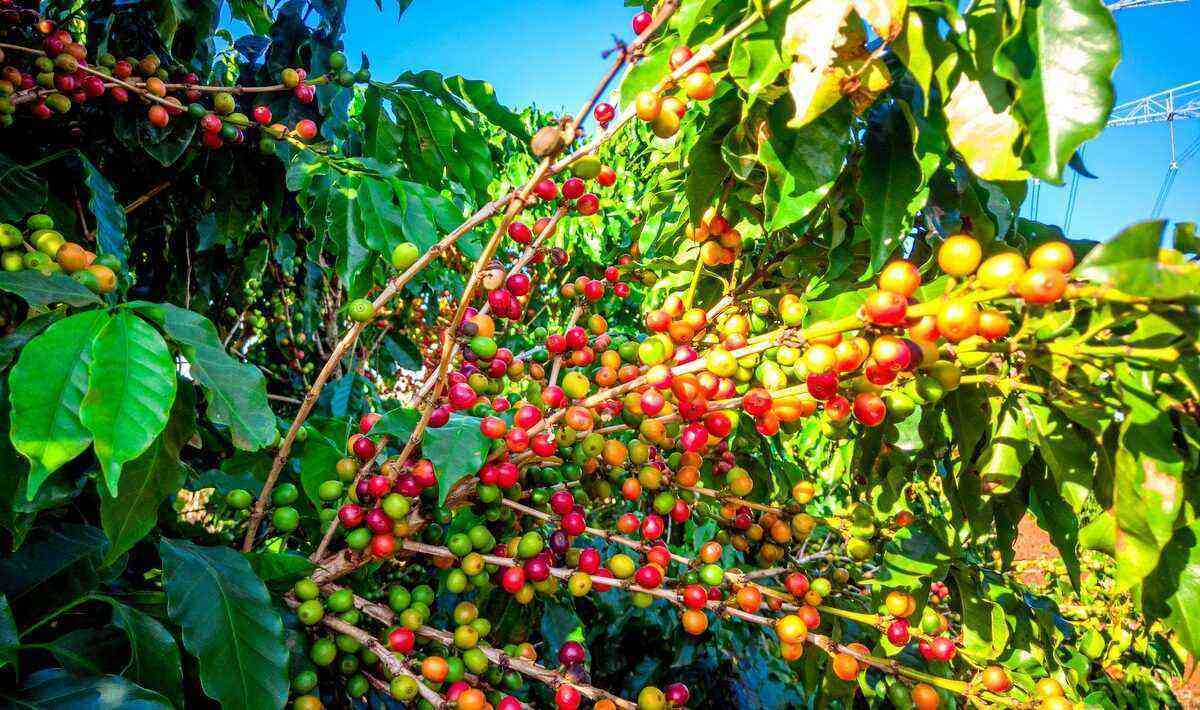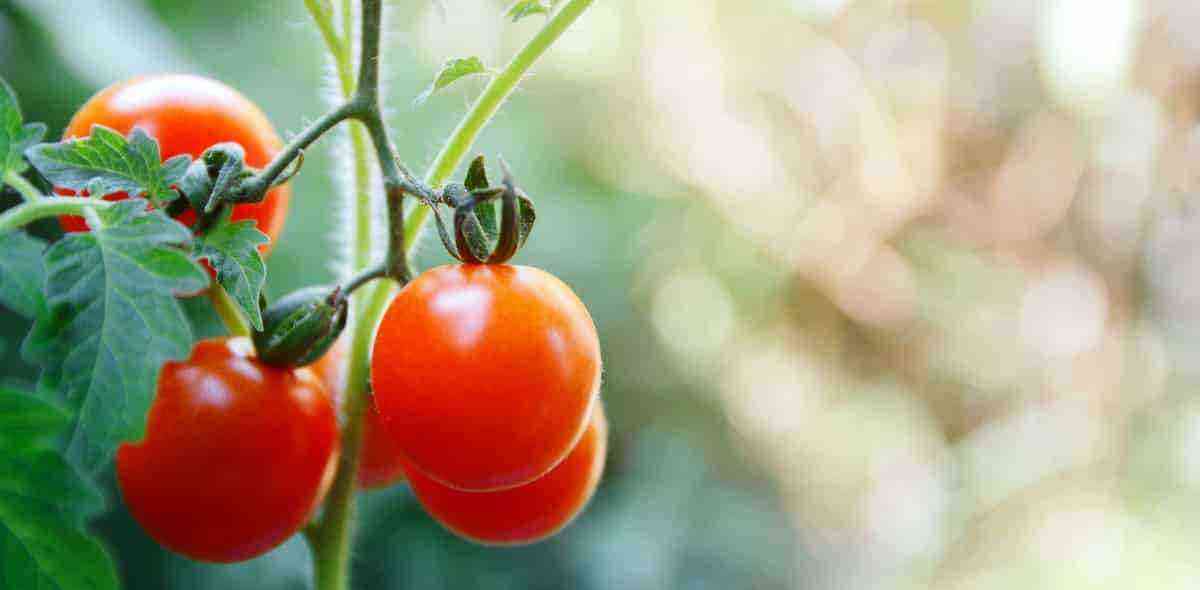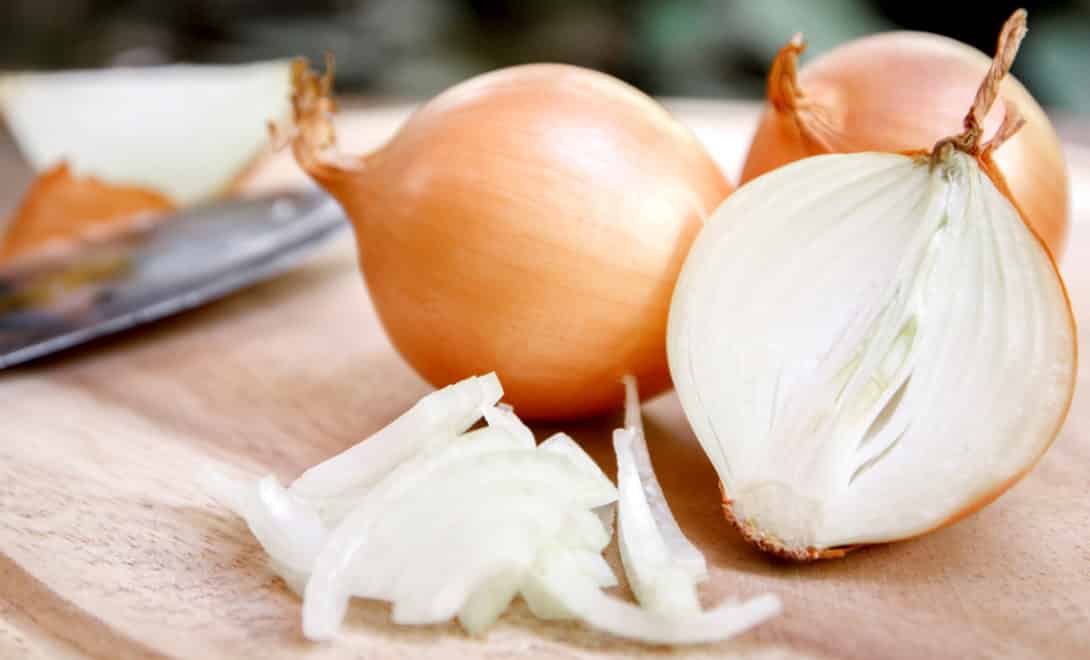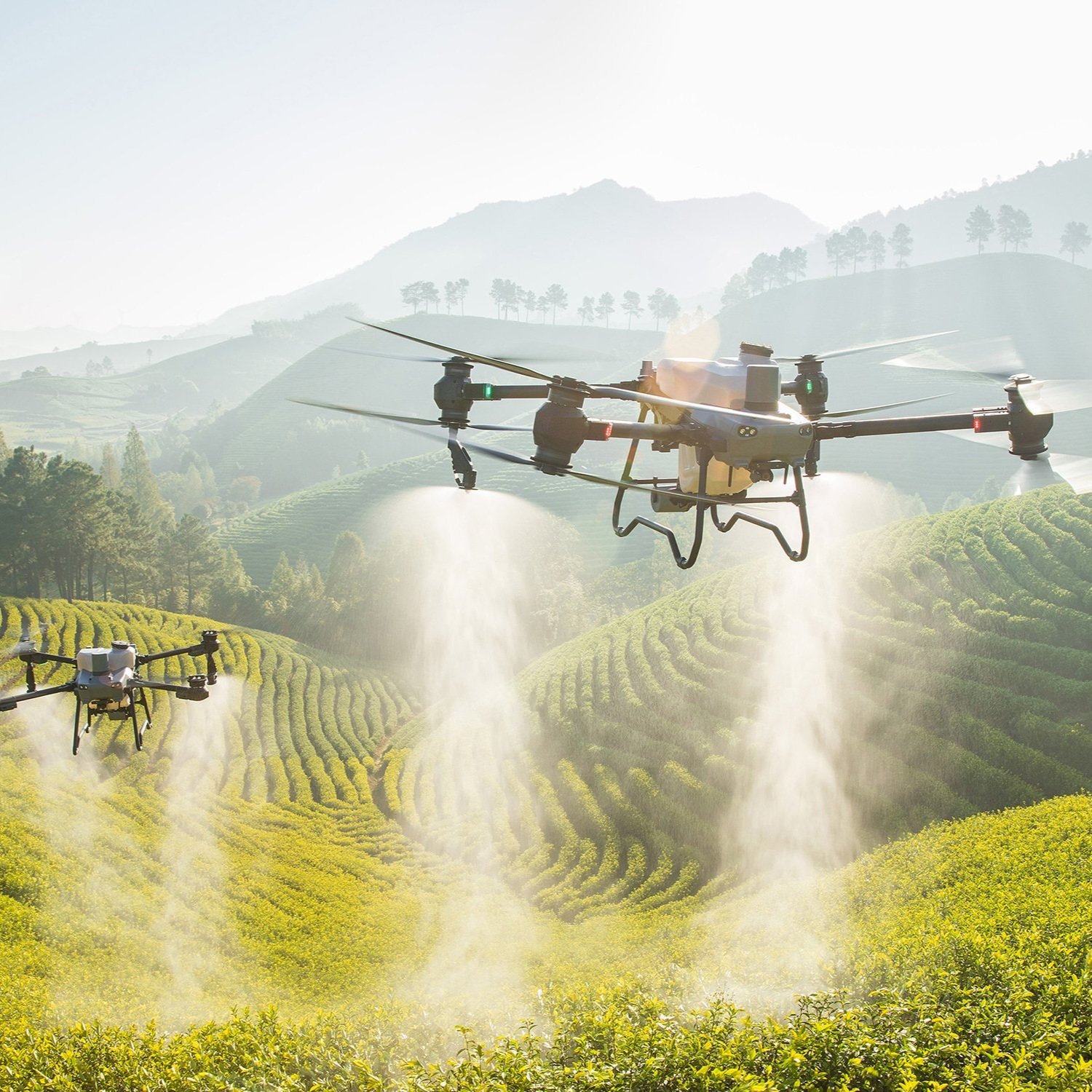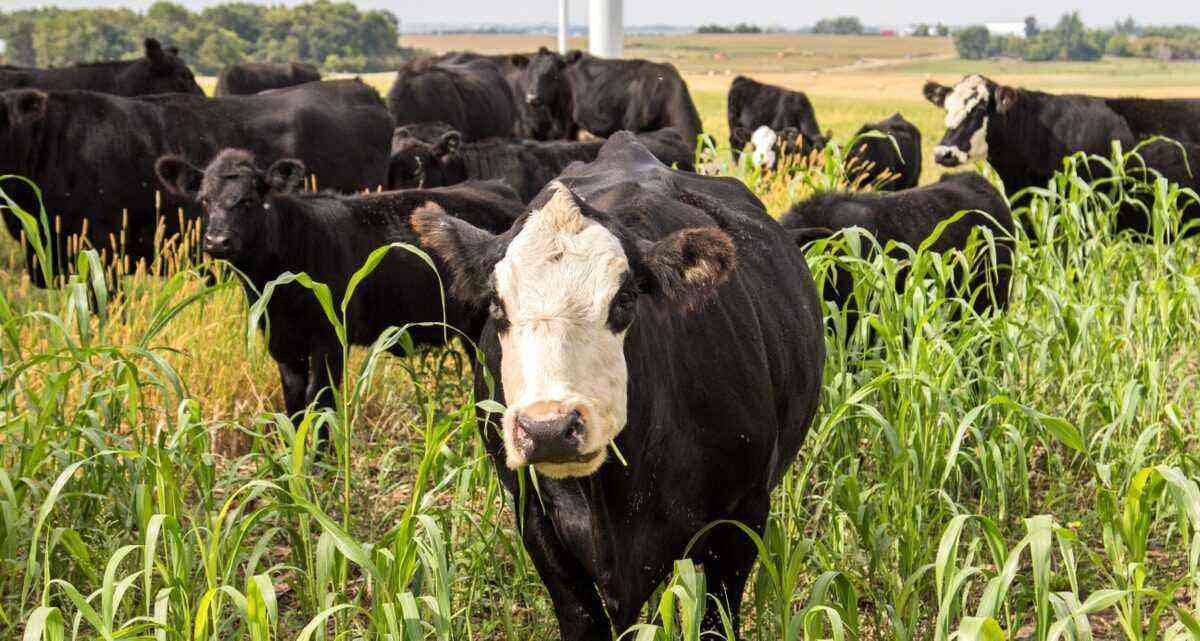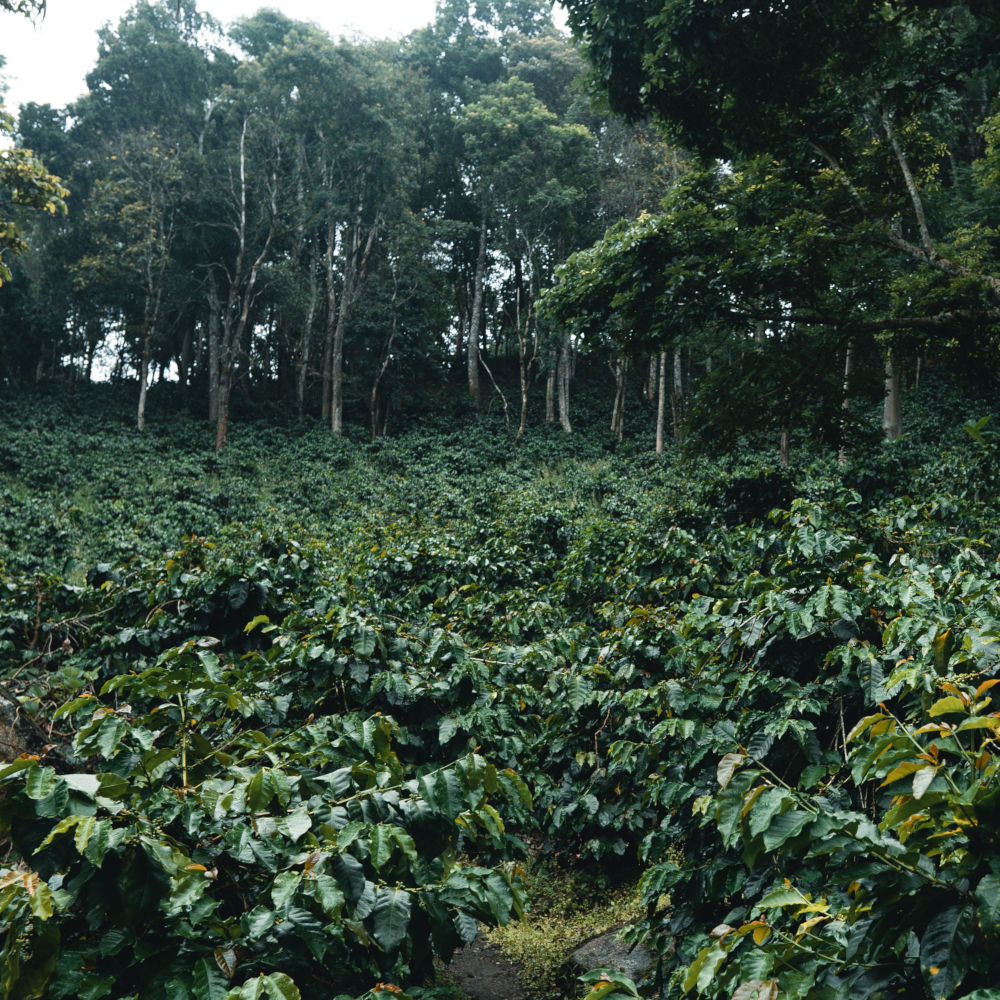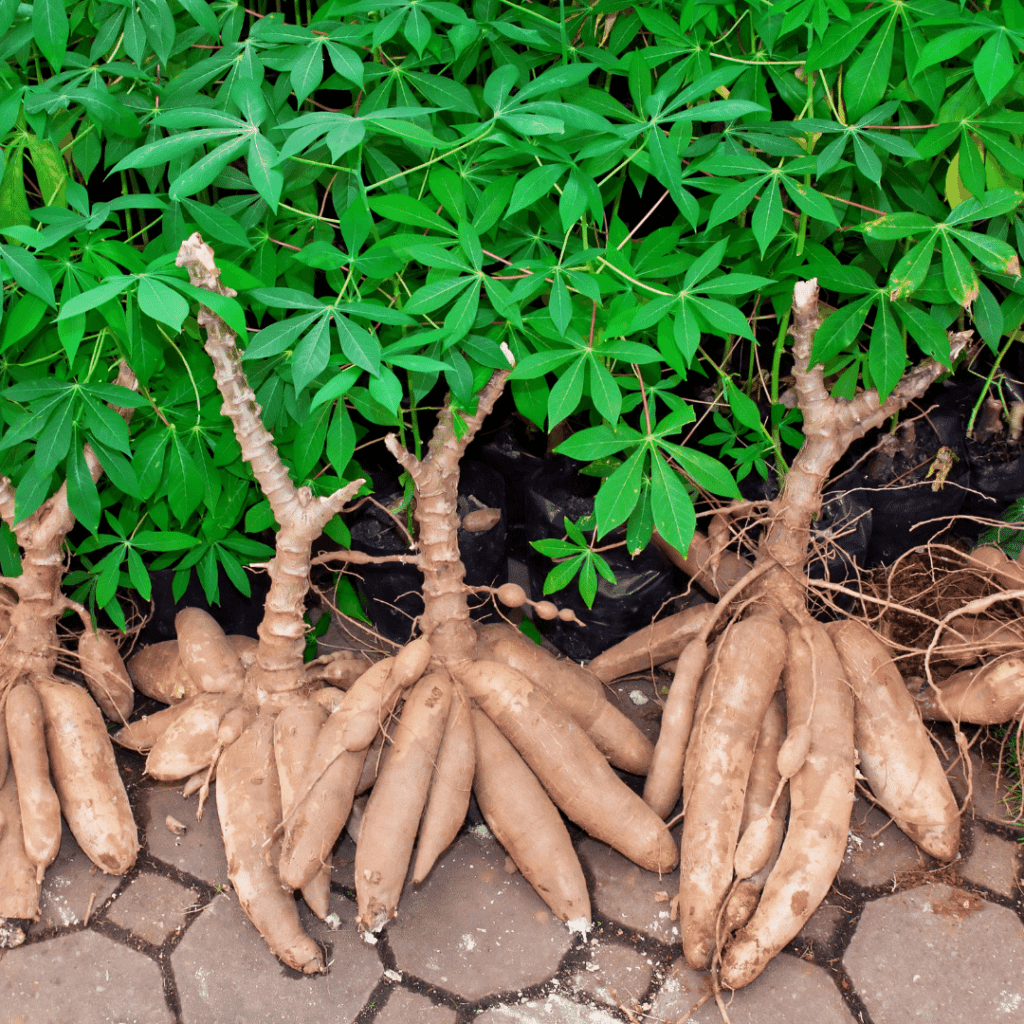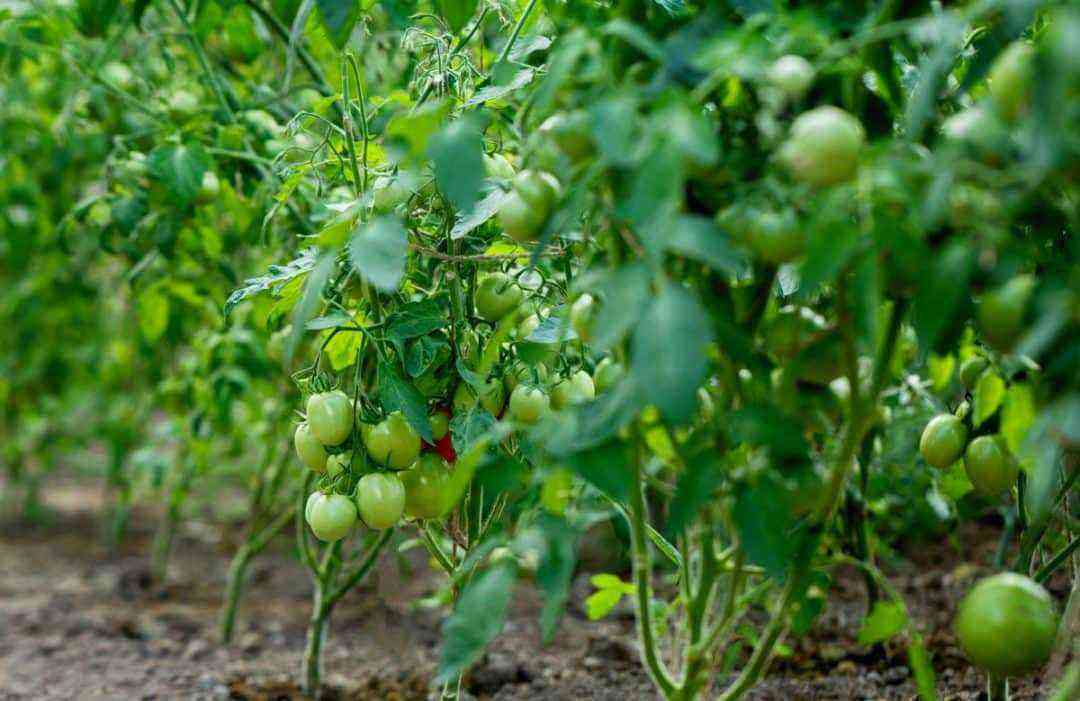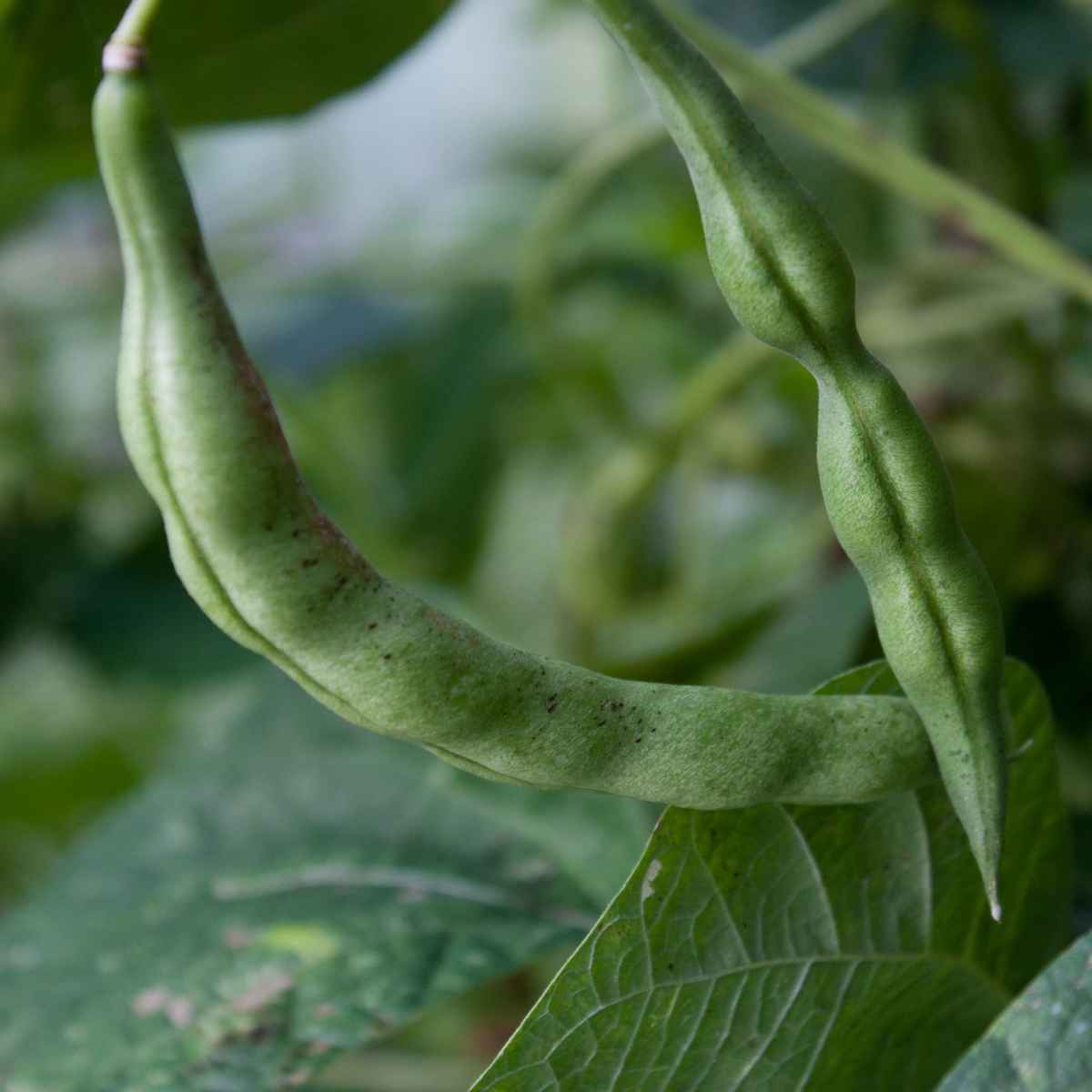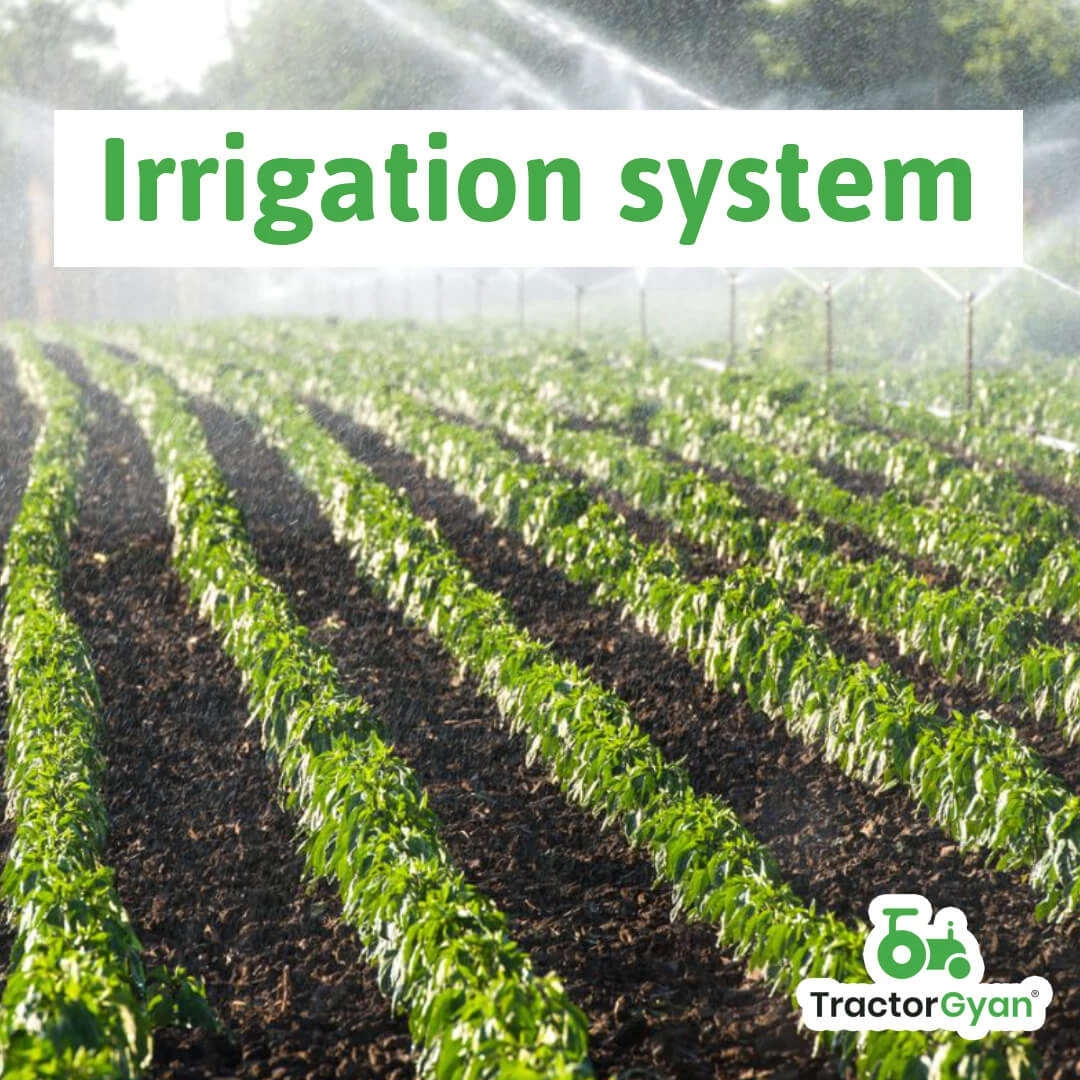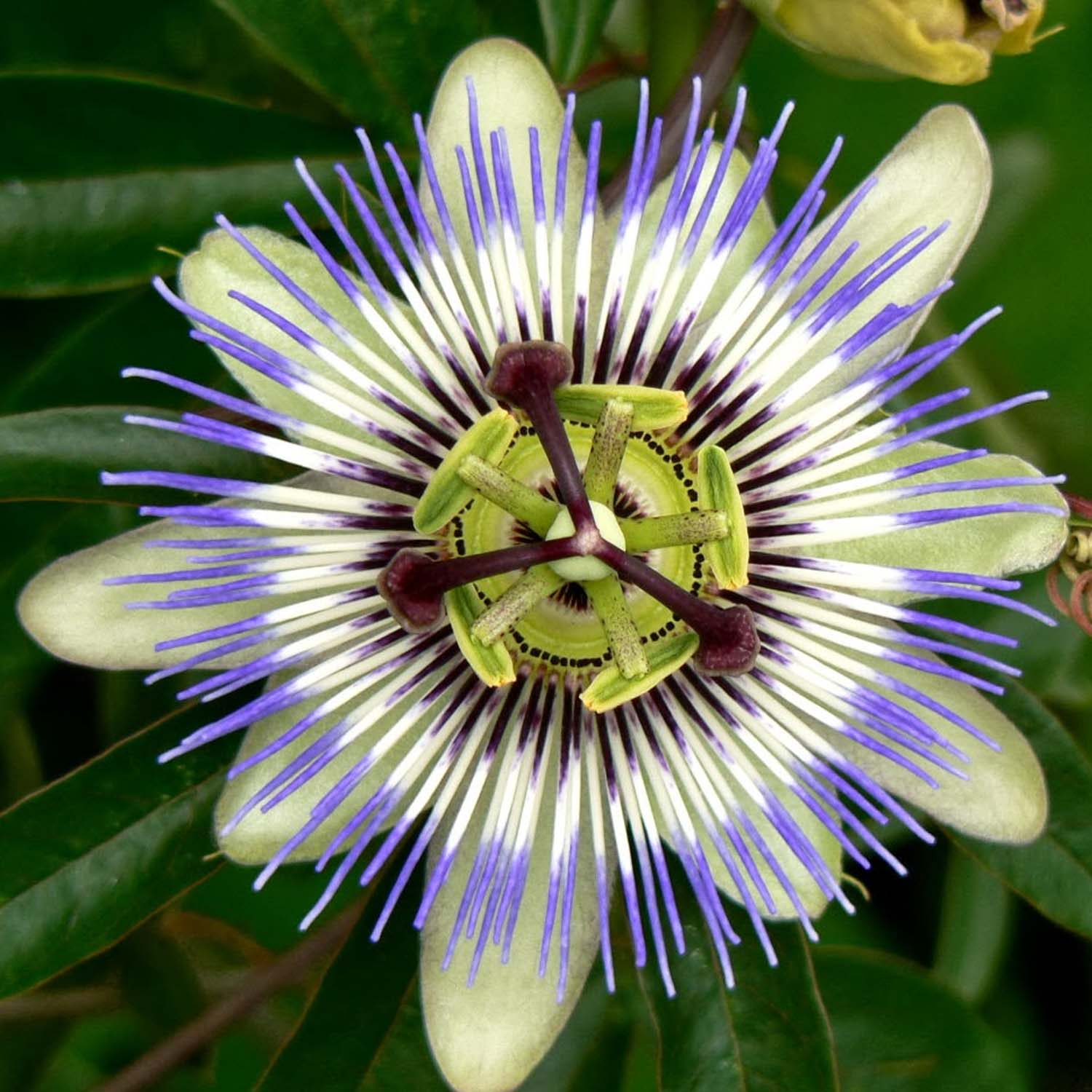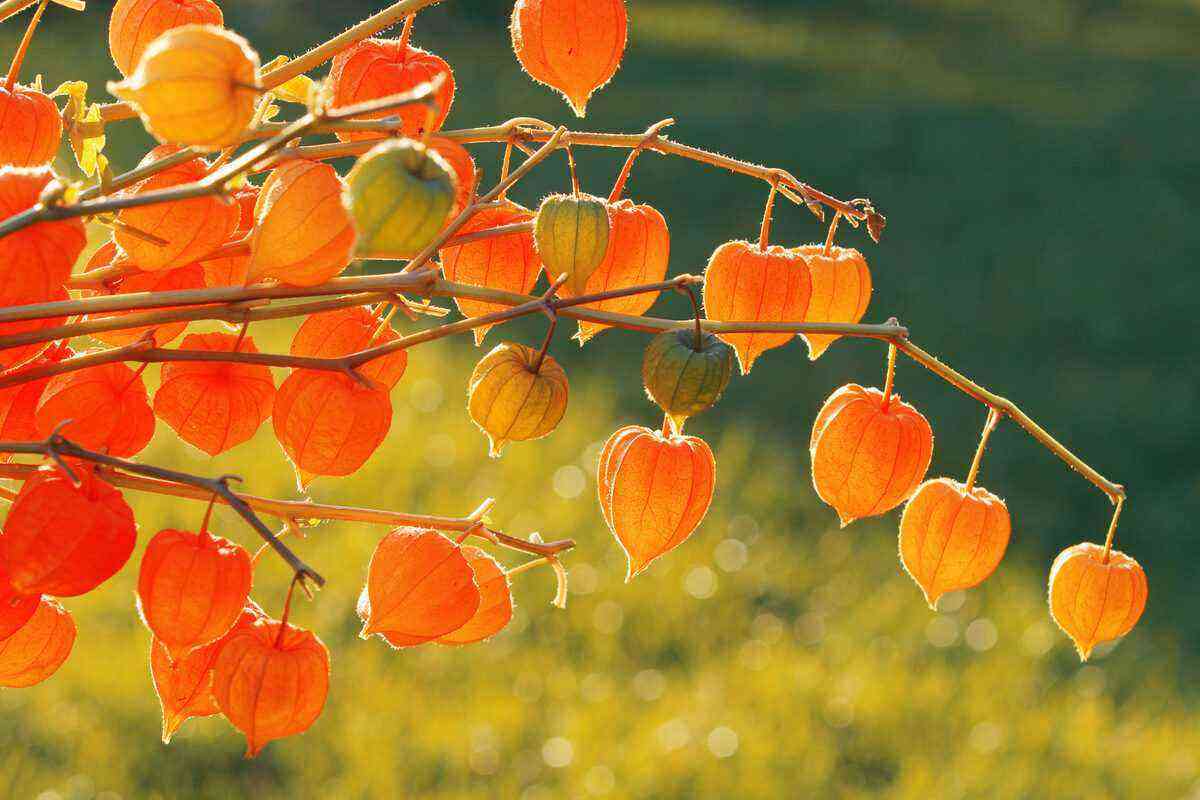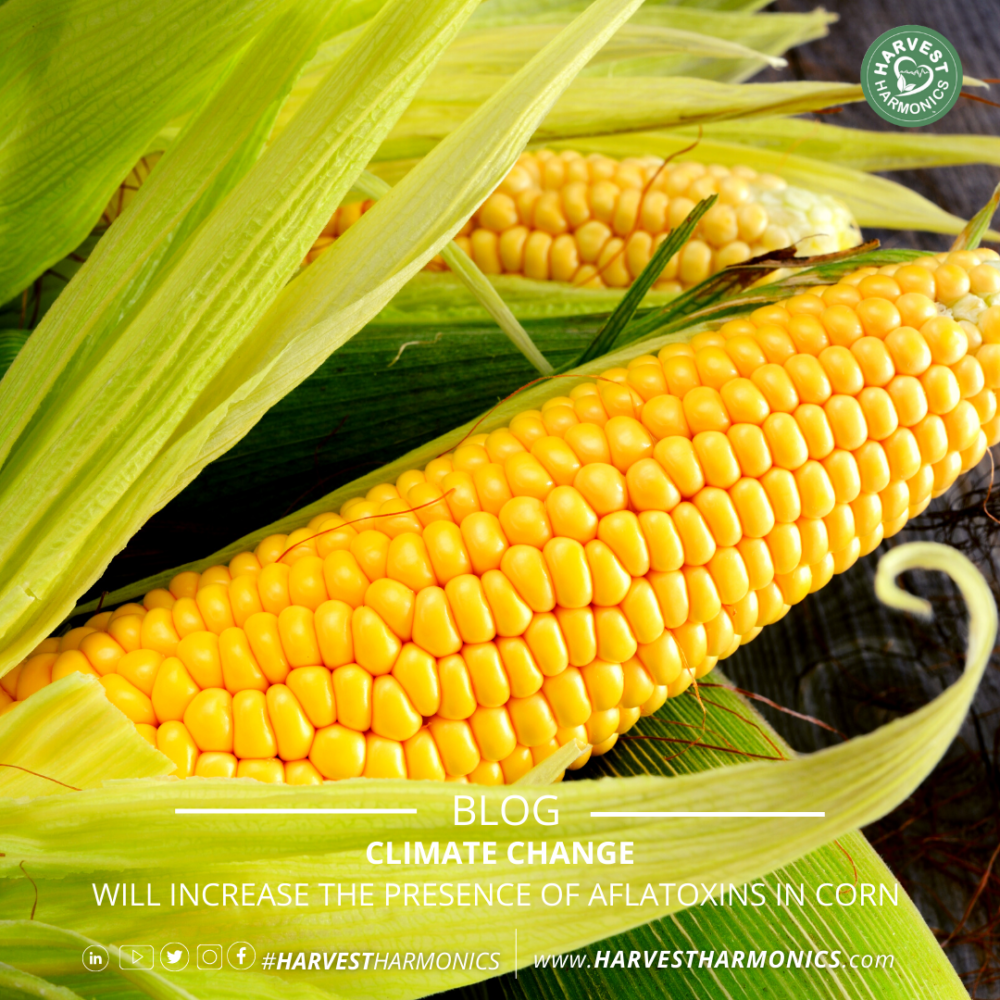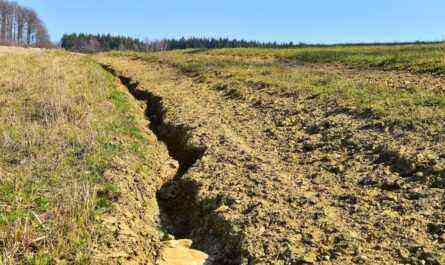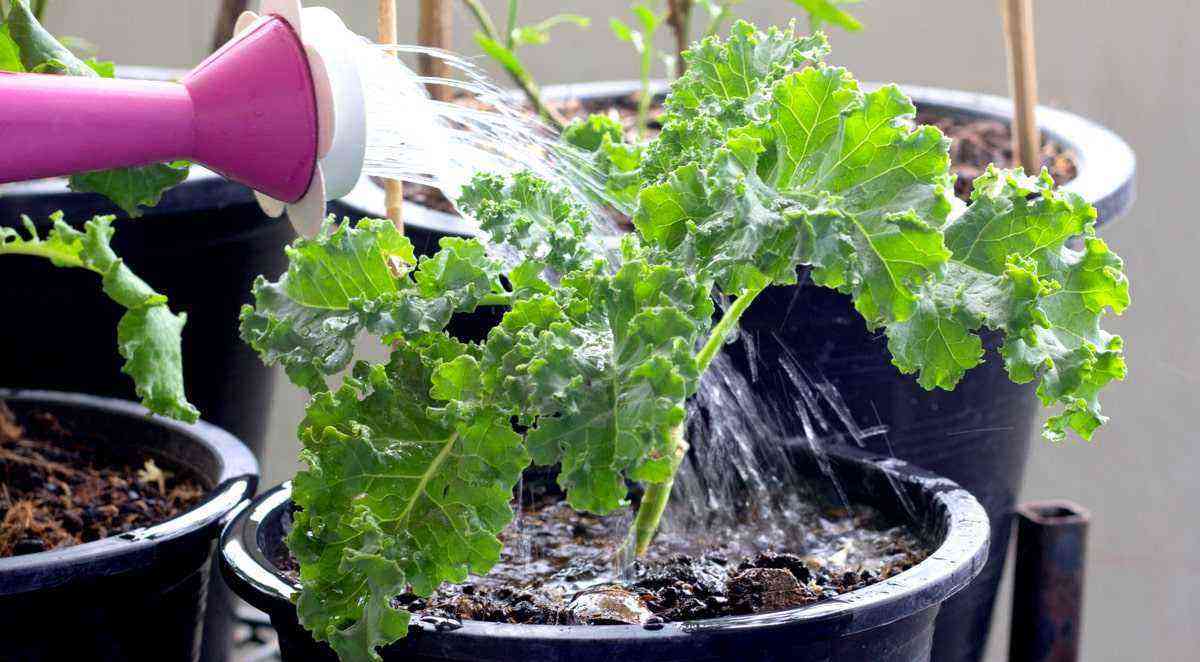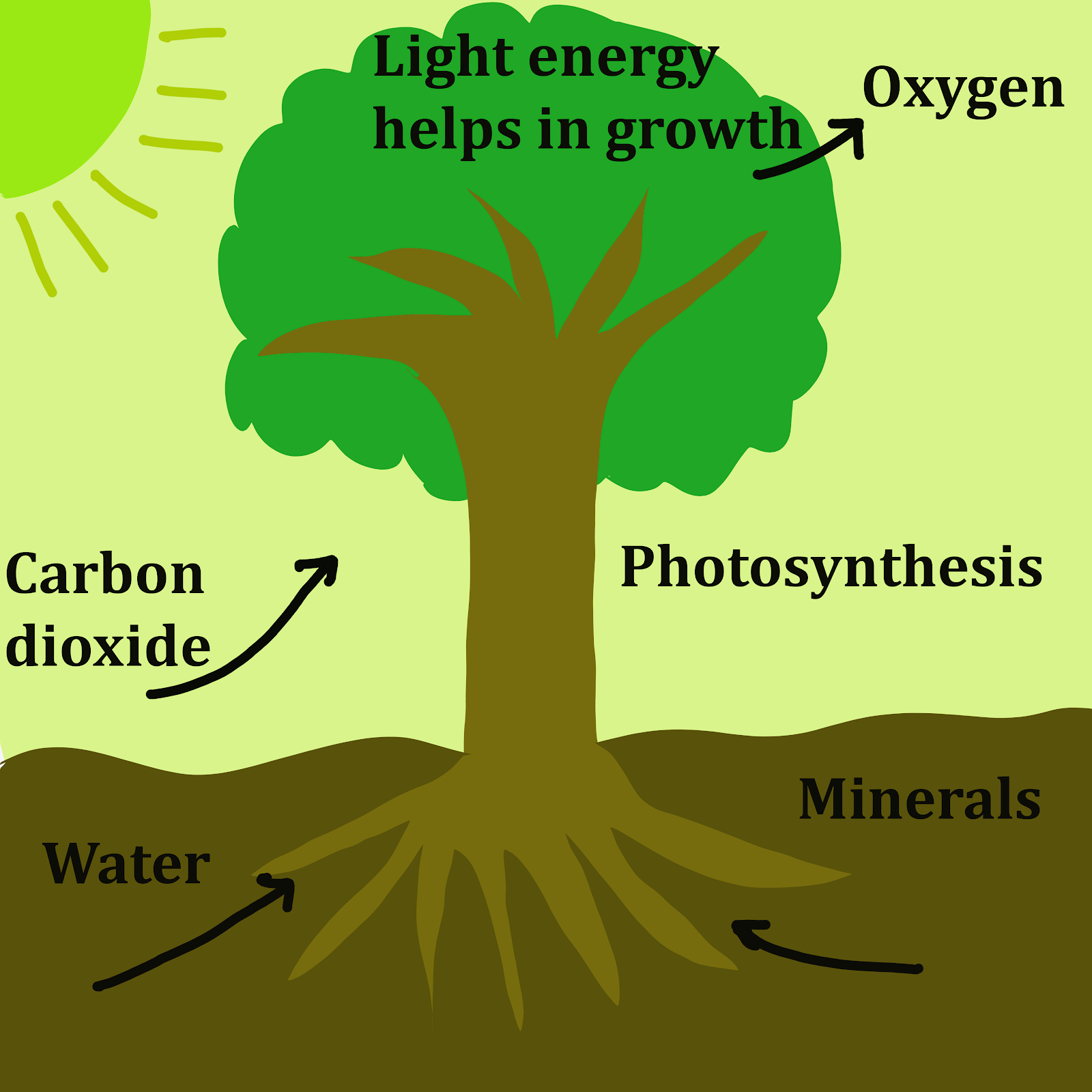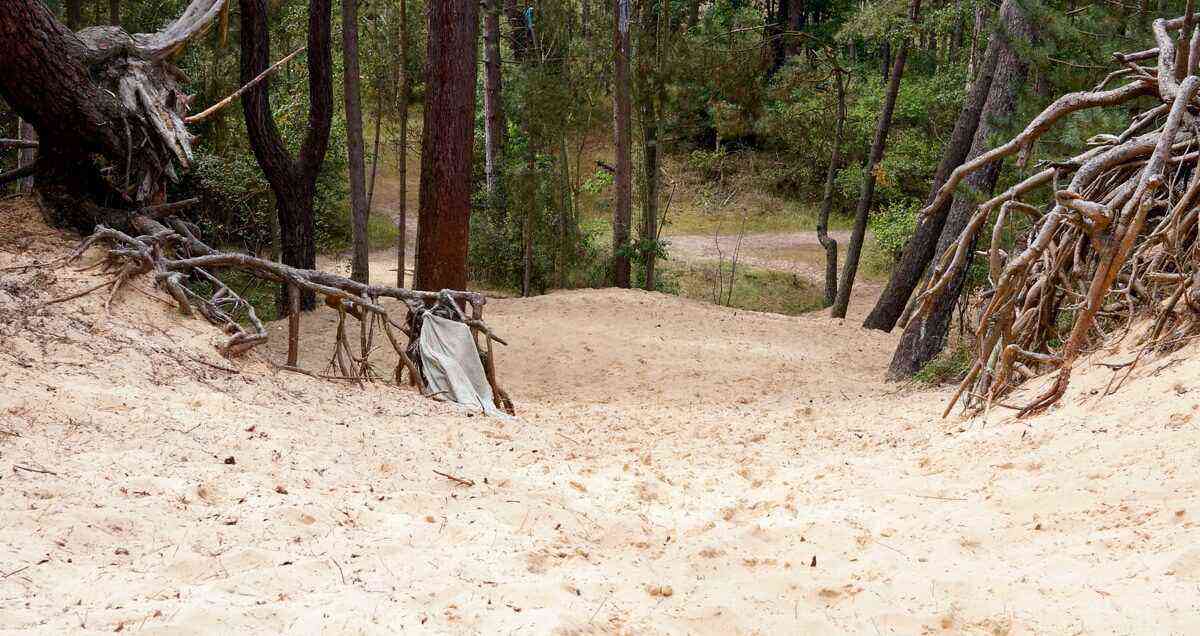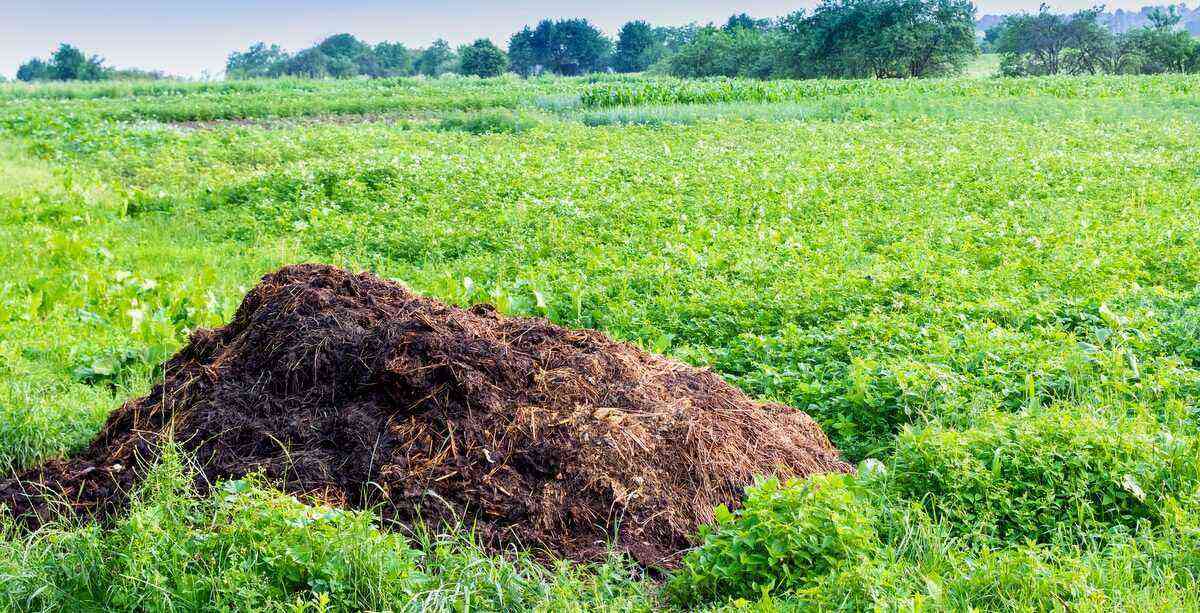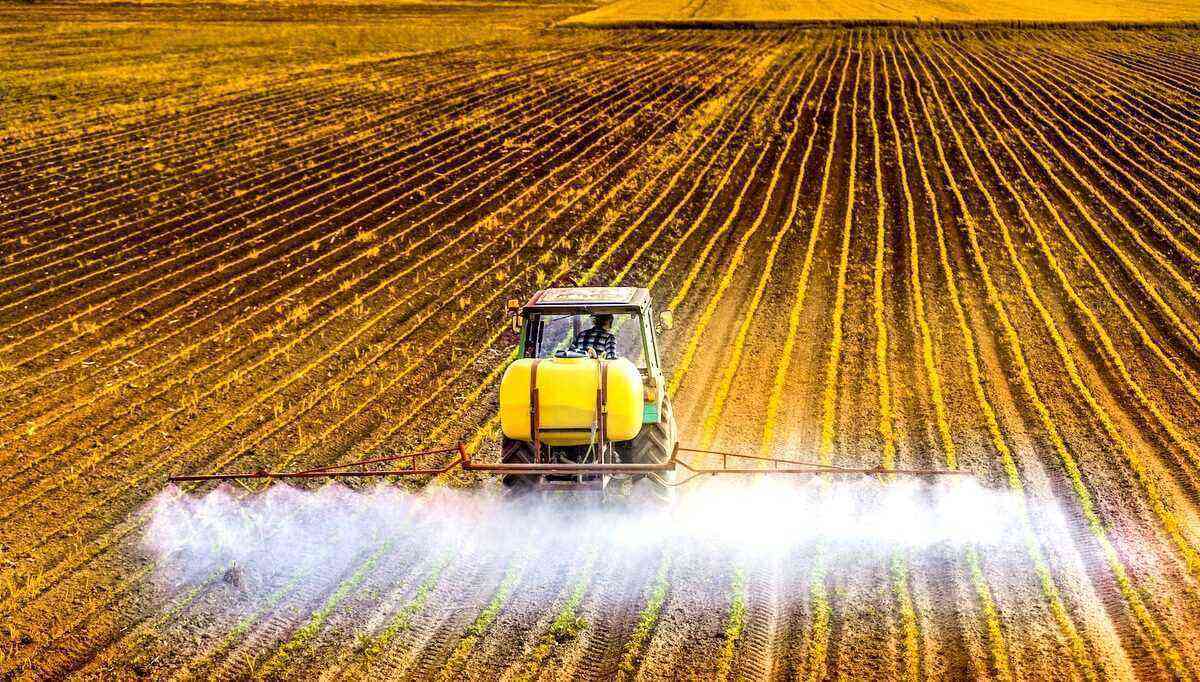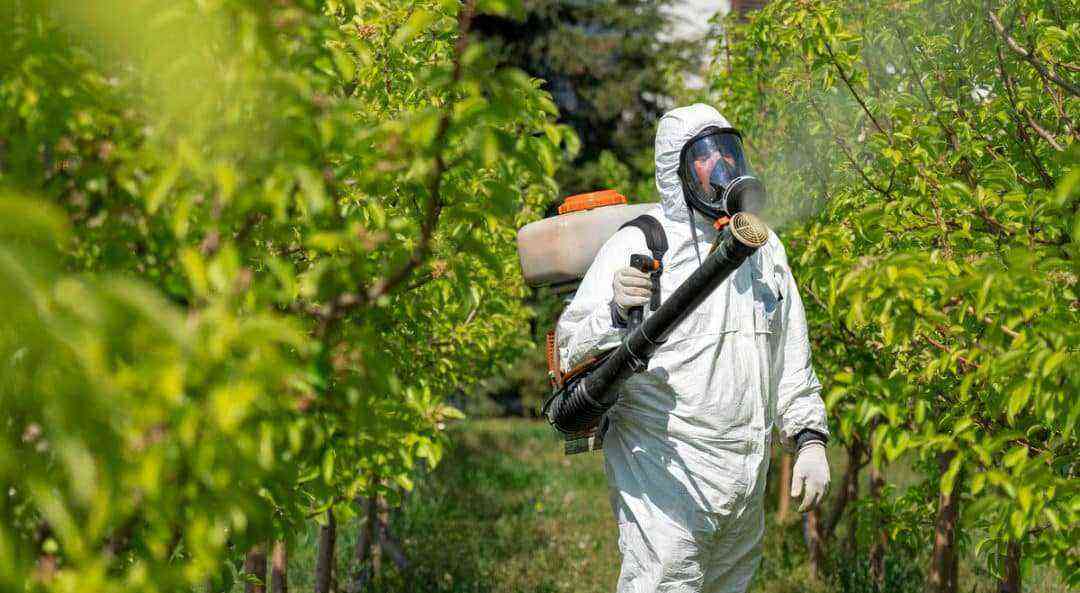Hop production in Brazil, on a commercial scale, could become a reality. At least this is the research effort that seeks to find the best varieties for planting in Brazilian soil.
The reason is one: hops are one of the main ingredients in the manufacture of beer, one of the favorite drinks of Brazilians. The hops guarantee a very characteristic aroma and flavor of this drink.
However, Brazilian factories have to import almost all of this raw material as production in Brazil is very rare. There are few initiatives that are proving to be effective, especially in the south of the country.
In this article, we will show why hop cultivation is so difficult in our country and also what the prospects are, with the research being carried out. Follow up!
After all, what is hops?
Hops is the popular name of the plant. Humulus lupulus, considered medicinal and also known as engatadeira, cock’s foot or northern vine. This plant can be used in the preparation of home remedies to treat sleep disorders, for example.
The hop is a plant whose flower contains substances that give bitterness and aroma in the manufacture of beer.
But, it is even known as one of the ingredients in brewing beer. It gives the characteristic residual bitterness of any beer. Today, it guarantees the success of this production.
Hop production in Brazil
As it is a plant that was born and developed in countries with a colder climate, for a long time the only way to obtain hops in beer production in Brazil was through the importation of large quantities of this plant.
A survey carried out by the Brazilian Association of Hop Producers (Aprolúpulo) pointed out that, in 2019 alone, Brazil imported 3.600 thousand tons of hops.
The reality is that, although Brazil is the world’s third largest producer and consumer of beer, 99% of its hops are imported. In this way, it makes production totally dependent on its imports.
The first attempt at planting on Brazilian soil would have taken place in 1869, with hop seedlings brought to Paraná by immigrants from Poland. They cultivated this species at home and thus gave rise to their own beers.
Only in 1885, there was the first technical document that proved its planting in our country. The Revista Agrícola do Rio de Janeiro published an article describing how this culture happened in the region.
Despite the great demand for the product, the planting of hops in Brazil faces barriers, mainly climatic. The problem can be solved through research.
After more than 60 years, in 1953, Rio Grande do Sul began to take its first steps in this agricultural activity, with the influence of the Germans.
As you can see, the most recent hop expansion across the country took place a few generations ago and, since then, almost nothing has changed.
production incentive
In order to encourage cultivation, in 2018, the Brazilian Association of Hop Producers began to encourage this type of production in Brazilian lands. The entity had support from the Ministry of Agriculture, Livestock and Supply (MAPA).
However, real transformations in favor of this market would only begin to emerge in 2020. This caused a complete change in the way this production had been taking place.
With an eye on the Brazilian market, a family of Brazilian farmers is betting on the production of hops. Check it out on video below:
Source: Epagri Videos.
The problems of hop production in Brazil
As it is a very complex project, the planting of hops in the country has faced numerous difficulties on the part of farmers and brewers, especially due to the climatic problems faced by Brazil.
After all, as it is a tropical country with high temperatures, these conditions end up not favoring the production process. It’s just that hops need a cold, dry and high altitude climate, characteristics that are difficult to find here.
In addition, it is also important that the ingredient is in the light of day for a period that varies from 13 to 15 hours in order to obtain a good productivity.
This factor would also pose a problem. The sun tends to rise at 6 am and set close to 18 pm in Brazil, totaling a window of just 12 hours, which is less than ideal.
Expectations for hop production
Currently, the southern region of the country has developed strategies and methodologies that can be revolutionary in the cultivation of hops, mainly because this is usually an environment with a climate more similar to the European one, facilitating the process and resembling what would be expected.
In this way, an innovative research emerged in Paraná in 2014, verifying the possibility of implementing this productive chain in Brazil.
In fact, a project developed by a company that works in scientific research in the pharmaceutical and agricultural area, aiming at the viability of this crop in the country, pointed Paraná as a state with great potential to be a developer.
The prospects for hop production in Brazil will largely depend on the efforts of researchers to find varieties that adapt well to the tropical climate.
But the project did not move forward. Only in 2020, a new work emerged, in a partnership between the Federal Institute of Paraná (IFPR) and the Federal University of Paraná (UFPR).
In this sense, both institutions aim to carry out a process of improvement in hop genetics. The goal is for it to grow in the center-south of the state.
The first results have already been found. They pointed out that, in fact, there is a feasibility. With the right accompaniments, production can stop being a utopia and become a reality.
Effort in research
Therefore, it is now necessary to increase the scale of hop production in Brazil in order to be able to serve breweries throughout the year. The barriers to be overcome are the harvesting and processing of hop flowers.
Harvesting must be done using specific machines called peelers. They transform the hop flower into compacted granules. This process is seen as an art, where the smallest details make all the difference.
After harvesting, the hops must undergo an industrialization process, using specific machines.
Producers have the support of Brazilian Universities. These institutions set up hop research fields. Investors also began to support research and production.
For a very relevant reason: hops are a culture with high added value and, as we mentioned earlier, today it is totally imported from other countries.
Therefore, we seek to clarify the reasons why Brazilian hop production is still “crawling”, taking into account the great demand for the product by breweries.
The hope is that researchers will continue in this task of identifying the best varieties to be planted in Brazil.
Expanding production
The doctor, researcher and agronomist, Mariana Mendes Fagherazzi, is the author of the first thesis to specifically address the cultivation of the plant in Brazil. According to her, production is expanding, thanks to the great interest of the brewing movement.
“The sector has been boosted by private sector companies, public entities, such as, for example, the work being carried out by the University of the State of Santa Catarina (CAV/Udesc), which is a pioneer in research on hop cultivation in Brazil, being a center that generates knowledge and propitiating the expansion of cultivation in the country. With this, producers are supported to produce and the production chain is being structured“, Mariana said.
In this way, it becomes yet another profitable agricultural activity, as is currently the case with soybeans and corn that generate foreign exchange for the country through exports.
Did you know that technology dominates the third wave of innovations to improve agricultural production? Check out our article on this subject!
